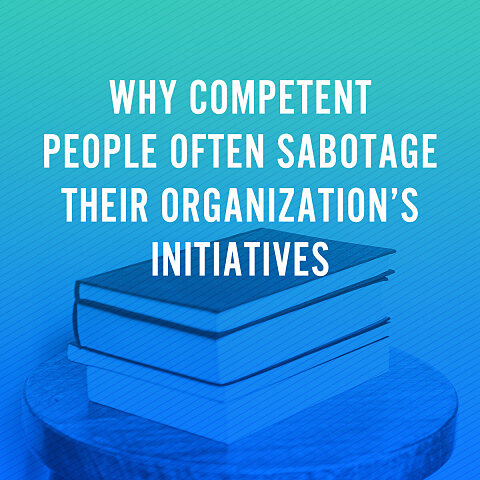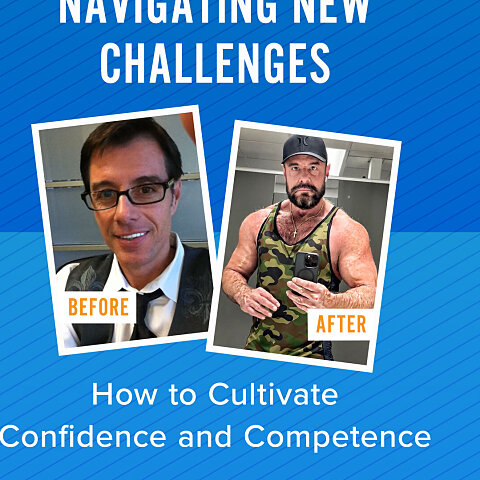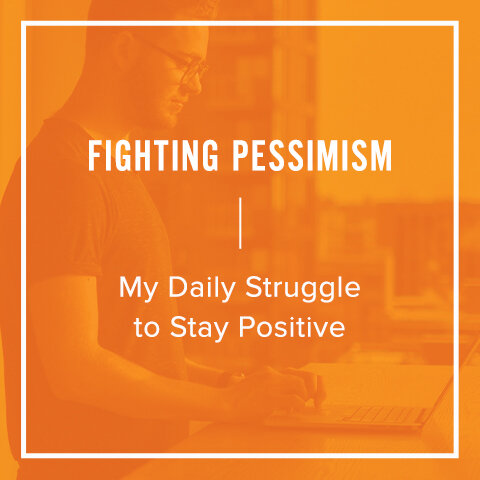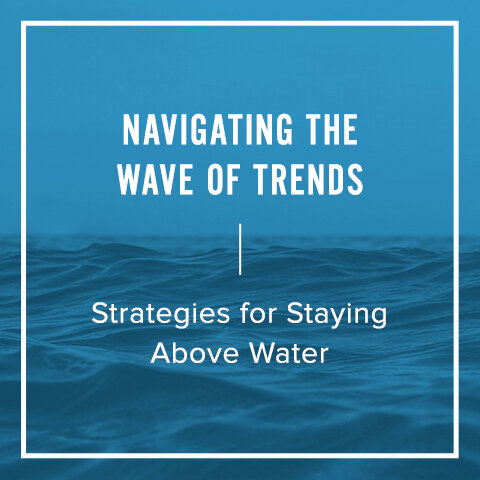How To Write Web Content That People Actually Want To Read
By Kristen Shoates
The wild beast sets out on a hunt. He sniffs around, hoping to find a trace of what he’s after. He ignores dead ends, walks away from prey that’s too difficult to catch, and finally picks up a promising scent. As he follows the path towards his target, he searches faster and harder, getting ready to pounce.
A scene from the latest Discovery Channel show or the way of your web visitor? It turns out the two might be more similar than you think. According to Peter Pirolli and Stuart Card’s theory of “information foraging”, the way humans search for information on the web is not all that different from the way animals stalk their prey or hunt for food in the wild. We know what we’re looking for, we click around to pick up on clues that the information we need is readily available, and we follow the paths that require the least amount of energy to get what we want. It’s a totally different way of reading than, say, curling up with War and Peace.
Yet many organizations and businesses are still treating their web content like the next great American novel. How can you write brilliant web content that will help online audiences pick up your scent and let you go in for the kill?
1. Rank your audiences – and write for the new ones.
Your website has to serve multiple different audiences. It might be the place that a new audience discovers you and also the place where current customers come to get event information, pay bills, or manage their account.
The challenge lies in how you prioritize these audiences to make sure your message is clear. As a general rule, engaged or existing audiences will spend more time clicking through to get to where they need to go, where a new audience will bounce off your site quickly if they don’t find what they need. So write primarily for new audiences, assuming they know nothing about you, while still providing more detailed information on secondary pages for those who need to navigate to certain items.
2. Write for skimmers, not readers.
Most people scan websites, looking for clues, rather than reading them word for word. Write your content in a way that even a scanner can walk away with a general sense of what you do. Use:
- Short sentences
- Short paragraphs
- Key words and phrases
- Clear, direct messaging
- Bullet points
This is where visuals also play a big role. Call out the most important text, like your positioning statement, in bigger fonts or use imagery to tell your story.
3. Be obvious.
The web visitor foraging for information is looking for two main things: what you do and what you can do for them. Too many organizations treat their website like a TED Talk, using it spout philosophies, ideas or jargon, rather than clearly telling an audience who they are. While an “Approach” or “Process” page might be appropriate deeper in the navigation, if you don’t first make it painfully clear what you do and what’s in it for your audience, no one will care about the inner workings of your organization. Focus on what audiences really care about – end results that speak to their pain points.
4. Lead them down a path.
Your website isn’t a place to dump content for content’s sake; instead, your content should strategically flow to provide people with the most important information and then move them through a process of learning more about you. Create a content hierarchy for your site and include call outs linking off to more detailed information relevant to each section. Once you’ve piqued their interest (or their animal instinct), they should then want to click through to get more in-depth information.
5. Be personable, but not clever.
You might have brilliant, witty writers or hilarious team members on staff, but your website isn’t the place for the next Tina Fey to get discovered. While it’s important to not be too sterile on your site, don’t let plays on word, pop culture references, polarizing tones or overdone cleverness get in the way of being obvious about what you do. Set a tone, be conversational and show personality, but not at the expense of clearly explaining what you do (and do use your blog and social media to show just how fun you are!).
6. Include keywords, but write for humans.
Writing for the web has one distinguishing factor that no other medium requires: SEO. The content on your site and the keywords within it play a major role in how Google and other search engines rank your site. Be sure to strategically include your main keywords throughout the site content. However, remember you are writing for humans and don’t fall into the trap of writing clunky content just to please Google bots.
7. Move people to action.
People aren’t reading your website for pleasure; they’re reading it because they want something. Ask yourself what they want and what you want from them, and present clear calls to action that show how to buy, call, get information, get involved, donate or whatever it is you want them to do.
The three things you must make sure your site communicates? What you do, what’s in it for your audience, and how to take action. It’s ok to supplement that with more information about your approach and what makes you different, but only if it’s secondary and doesn’t clutter what your information hunters want to know: if you’re a good catch.














